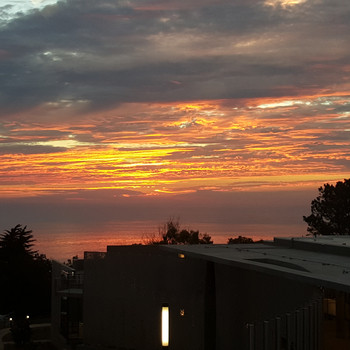What climate type is found in Los Angeles and describe its major characteristics?
1 Answer
A Mediterranean climate.
Explanation:
Los Angeles is classified as a warm Mediterranean climate. A Mediterranean climate is a specific type subtropical climate characterized by a dry summer, with a rainy season in the winter, and moderate changes in temperature between the seasons (you won't need a winter coat).
The summer months in LA are typically hot and very dry (it usually doesn't rain during the summer and temperatures exceed
Winter months are mild and snow is incredibly rare however temperatures usually fall below freezing on at least one night per year.
Despite the fact that winter is LA's rainy season, LA averages only 15 inches (381 millimeters) of rainfall annually (to put things in perspective the average annual rainfall for all US cities is 30.2 inches [767 millimeters]).
Below is an image of an abating storm -red sky at night, sailors' delight!
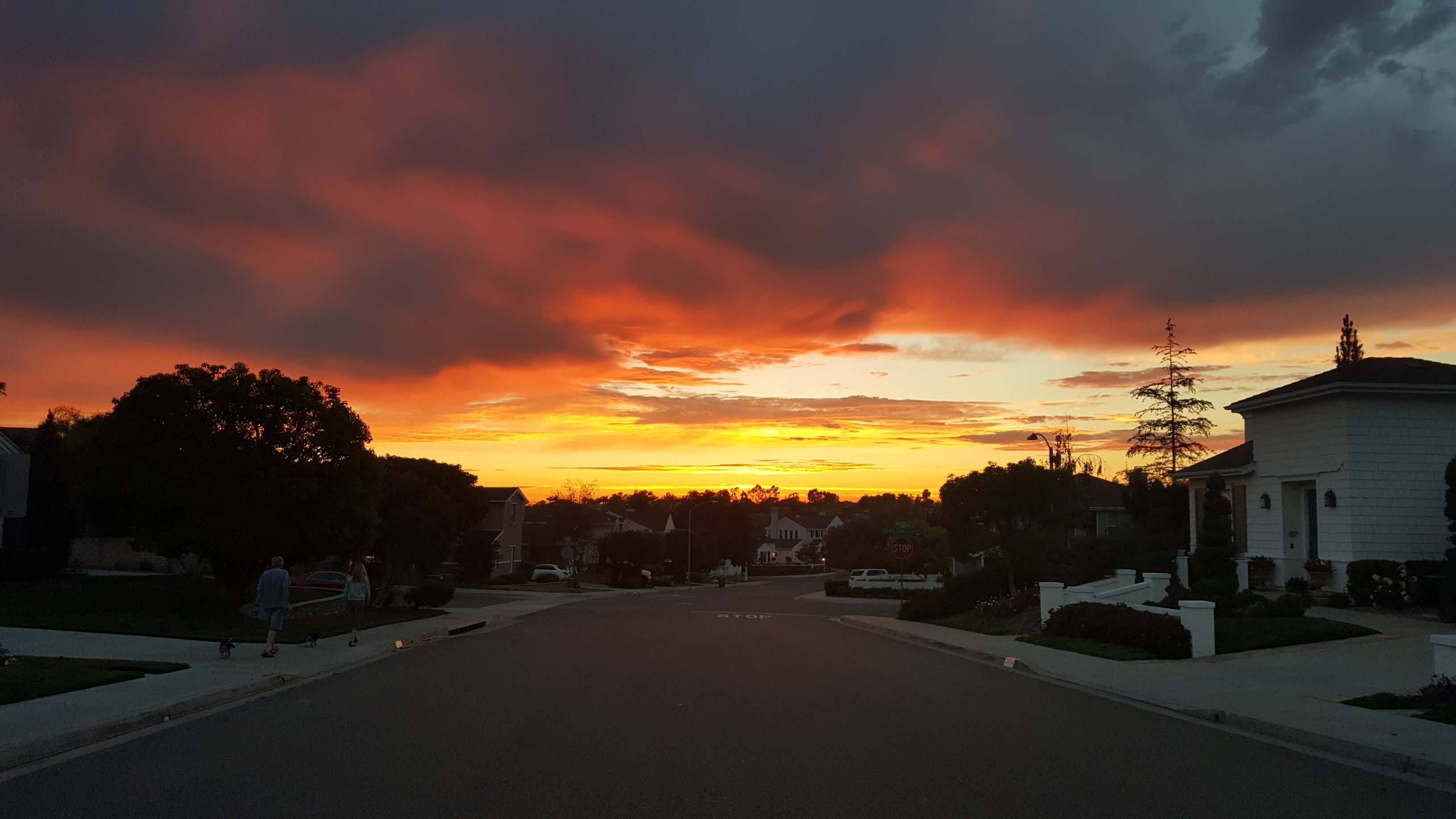
Image is my own work; feel free to reuse in any way except for commercial purposes
LA also experiences a weather phenomenon known as the Santa Ana winds (the locals call them "Santa Anas").
Santa Anas are strong (40 mile per hour [or 64 kilometers per hour] plus), hot, dry winds that blow from east to west (us weather nerds like to call them katabatic winds). These winds are the result of cold air from Canada moving into the high desert regions of the Great Basin (Nevada and Utah) which displace the hot dry air to southwest into the lower-lying region of Southern California. These weather events usually last for about a week or so.
This isn't Los Angeles (it's San Diego a large city about 100 miles south of LA) but the same concept applies, this was taken during a rare wintertime Santa Ana.
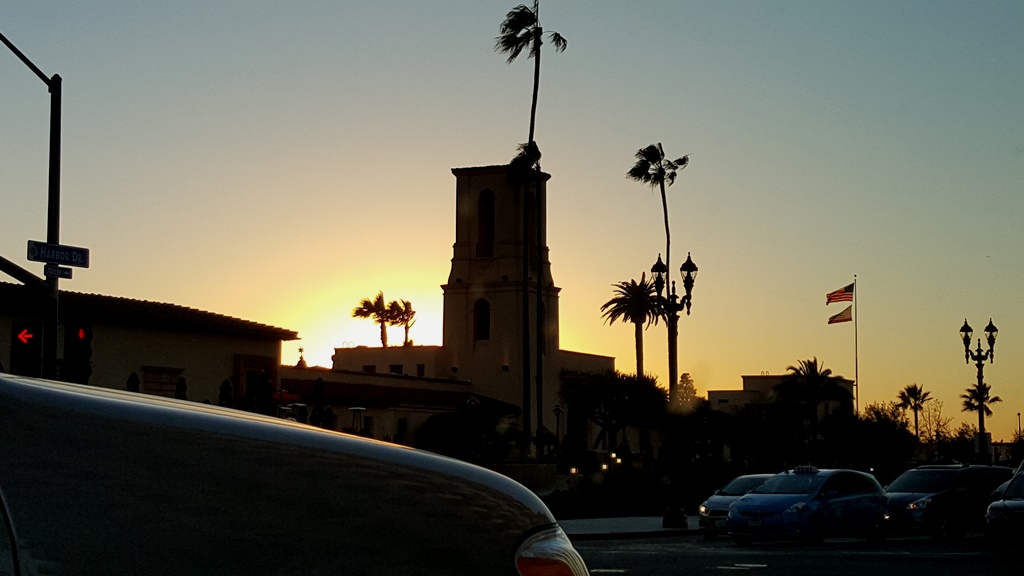
Image is my own work; feel free to reuse in any way except for commercial purposes
Santa Anas typically occur, but aren't specifically relegated to, the final months of the summer and are common through the end of autumn (though they can occur at any time of year). These winds result in a dramatic increase in temperature (in the summer temperatures can reach
Another picture showing the effect of Santa Anas the change in the sky's color is actually due to the particulate matter being blown around (ironically this picture was taken on the same night as the previous one)
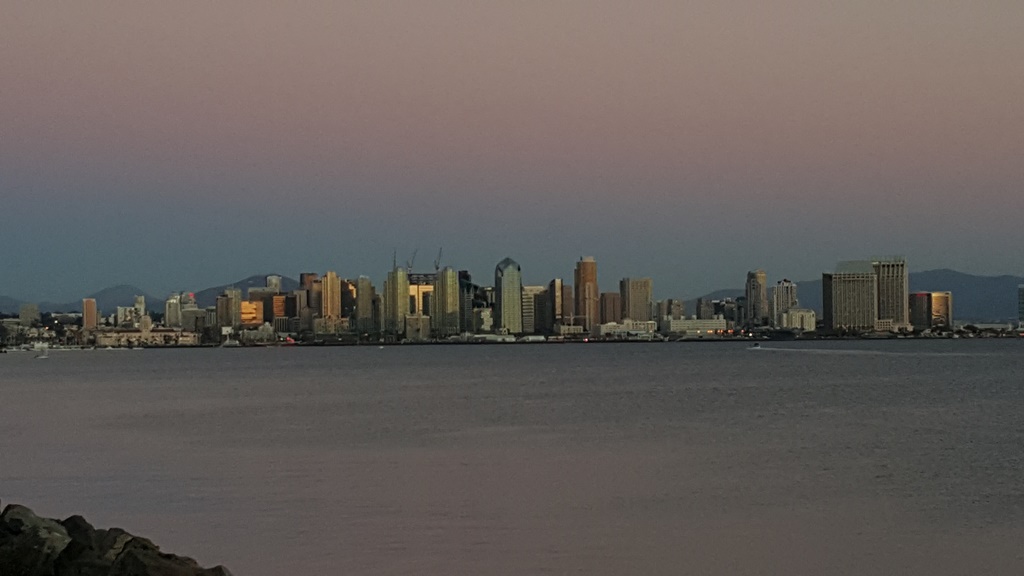
Image is my own work; feel free to reuse in any way except for commercial purposes
The image of the palm tree in the article I wrote here.
Thanks to the dry climate wildfires are a constant threat to Los Angeles and Southern California which can easily get out of hand. Luckily Southern California has firefighting crews who work tirelessly to combat and prevent them from occurring and spreading.
LA has variable terrain which aids in the creation numerous microclimates throughout the Los Angeles region. In the summer months the inland valleys to north (such as Laurel Canyon and Studio City) can be as much as
The two images below are prime examples of the oh-so-ubiquitous California fog (I wasn't driving, don't use your phone while driving, for cereal don't).
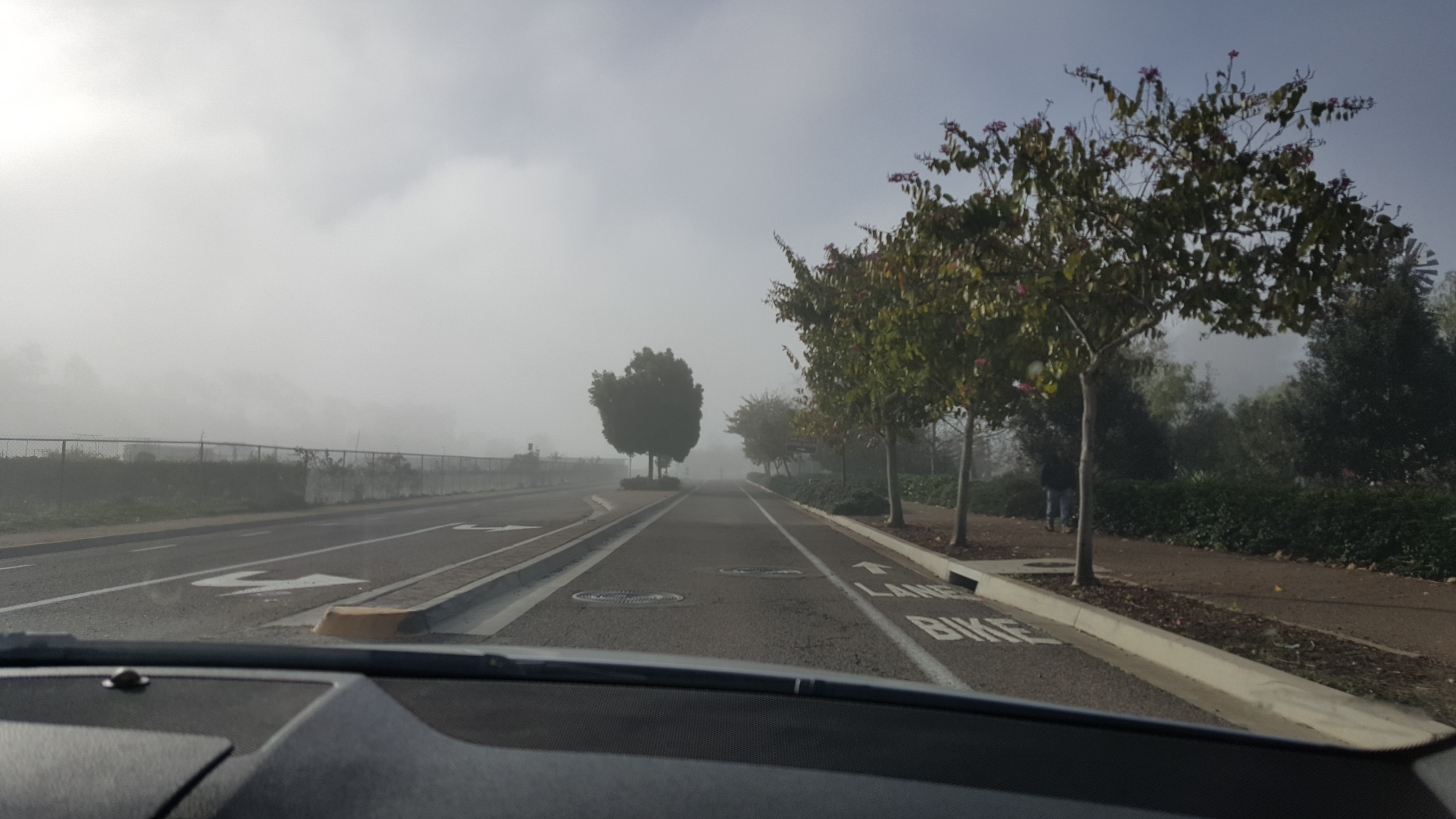
Image is my own work; feel free to reuse in any way except for commercial purposes
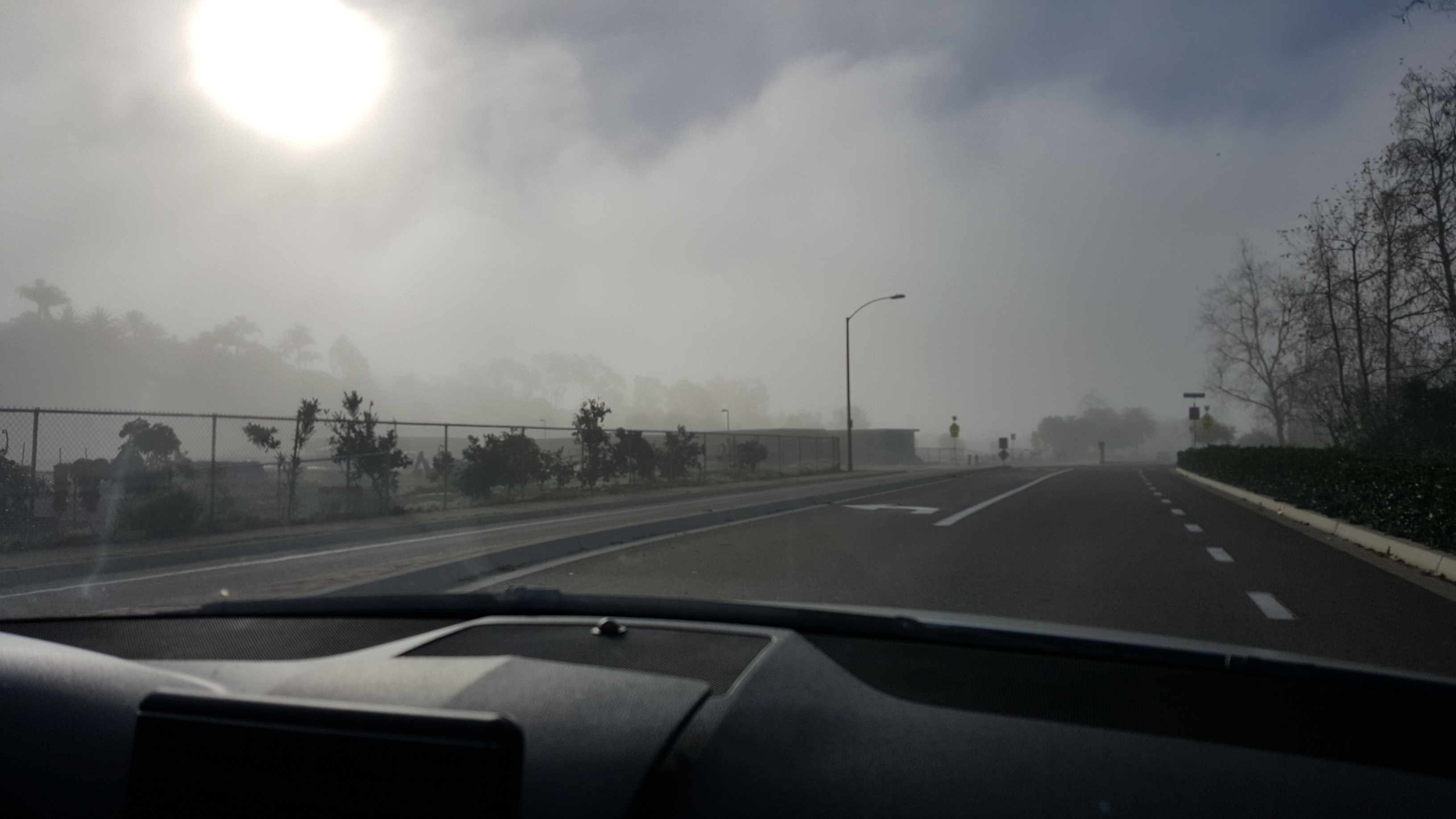
Image is my own work; feel free to reuse in any way except for commercial purposes
I know this is a lot of info but I hope it helps!
